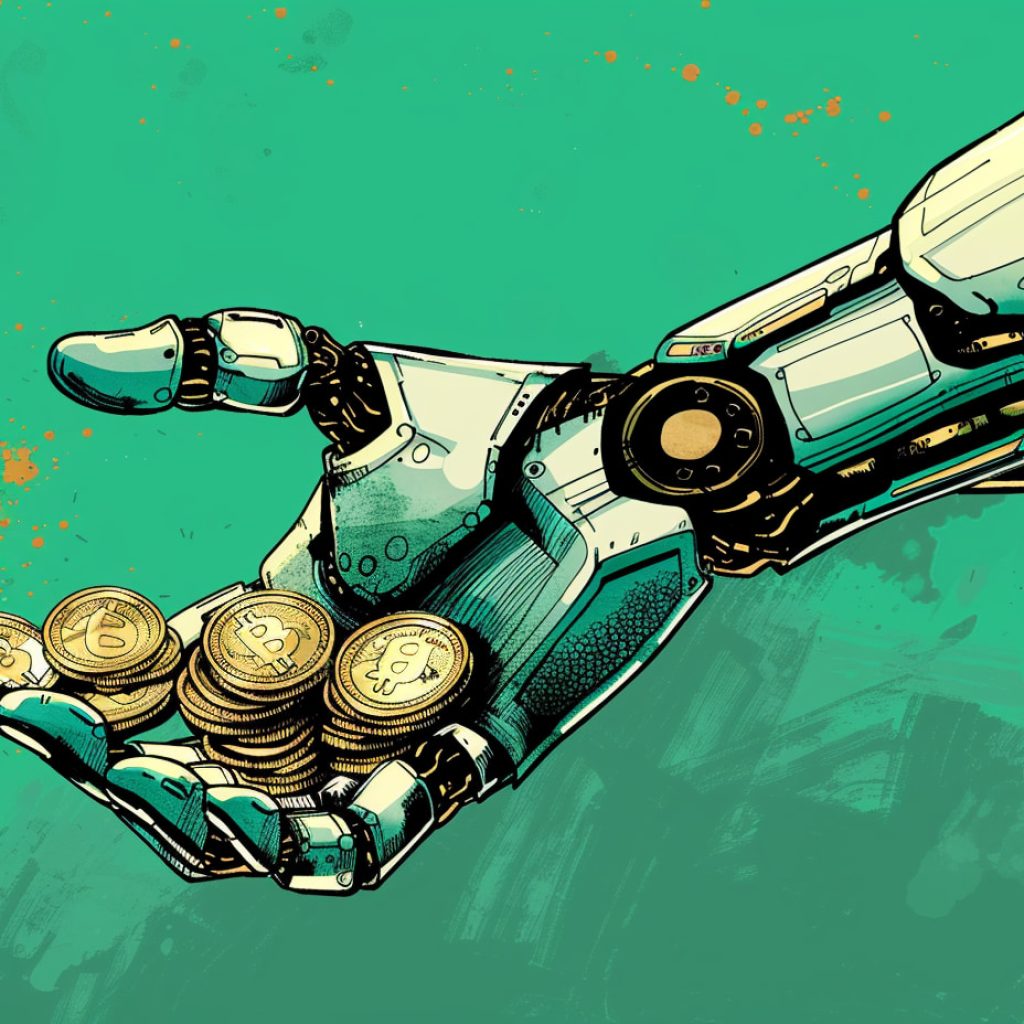Hedera (HBAR) is rising after a spike in new account creation. The overall market recovery lifted HBAR, but the asset also reflects the organic growth of the Hedera project.
The Hedera network is growing its transaction count and active addresses. The growth is long term and mostly driven by DeFi. However, in the short term, Hedera users also noted a sudden spike in new address generation.
Active wallets on the Hedera network grew mainly because of DeFi projects, and there was also some growth from NFT owners in the past two quarters. Hedera’s new address creation is a somewhat involved process, where enterprises can create up to 100 wallets in a batch using BitGo.
Hedera Expands with DeFi Additions
In the past few months, alternative platforms, and blockchains benefitted the most from the return of DeFi. Hedera hosts several decentralized markets and lending protocols, including those that expanded to multiple chains, such as Pangolin DEX.
Hedera still has limited value locked to DeFi, but growth happened just about six months ago. Decentralized trading and liquidity mining are among the factors that put the project in the spotlight, unlike its long-term goals and ambitions for global influence in payment systems and finance.
Recently, Hedera announced a partnership with like-minded projects that plan to disrupt finance. Hedera will work with Algorand, Ripple, XRPL Labs, Constellation, and Casper to create the Decentralized Recovery Alliance (DeRec).
Hedera Aims to Grow Real-world Applications
Hedera undeniably benefitted from the return of DeFi and the 2024 bull market. However, the project has long-term goals and tries to aggressively grow its use cases.
One tool for applying Hedera technology is a new Beta program for app developers. Recently, Hedera approved a new batch of projects, including Vayana Official, Inveniam, and FreshSupply. The selected projects will boost the adoption of blockchain-based finance. All projects work on the intersection of traditional payments and tokenization.
Hedera’s other development direction is the Internet of Things (IoT). In the crypto space, IoT projects have been considered mostly vaporware.
Hedera has the technology to carry a high load of microtransactions and is designed similarly to IOTA and other graph-based networks. Hedera also mentioned the Neuron World Beta program, where developers can create and try out sensors for everyday objects.
Neuron World is an open-source project, seeking teams to apply physical IoT infrastructure. With this new source of data and micro-transactions, Hedera has a claim on DePIN status, as well as real-world microtransactions.
The Hedera network now has 32 known nodes, which stake 22B HBAR tokens during predetermined periods. The network distributes worldwide, but many of the nodes, including the node run by BitGo and Chainlink, have their base in the USA.
Is HBAR Heading for a Longer Price Rally?
Hedera has always attempted to boost its community and remain highly visible. The growth of DeFi on the network helped HBAR move up from its bear market lows.
HBAR traded at $0.11, bouncing from lows of $0.09, but still far from the monthly peak at $0.17. HBAR is relatively volatile and may touch the lower monthly range again, but traders are expecting the next breakout.
HBAR is still under its 200-day moving average, but traders suggest the token may have reached its low point in the short term. HBAR trades on low volumes of just under $100M per day, but activity has expanded to $3.5B daily during active trading.
The expectations are that Hedera will line up among blue-chip projects during this market cycle. HBAR is already more visible in the top 30 coins and tokens and may break out higher up the charts.
HBAR also showed signs of accumulation in the past weeks, and is considered a token with a significant upside, to potentially achieve 10X growth in the event of a new altcoin bull rally.
Cryptopolitan reporting by Hristina Vasileva





